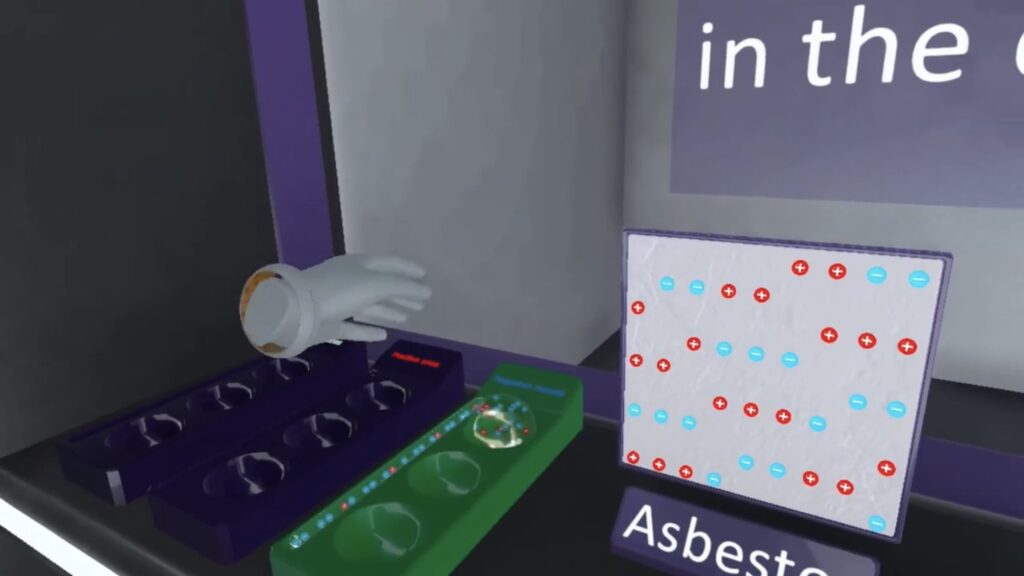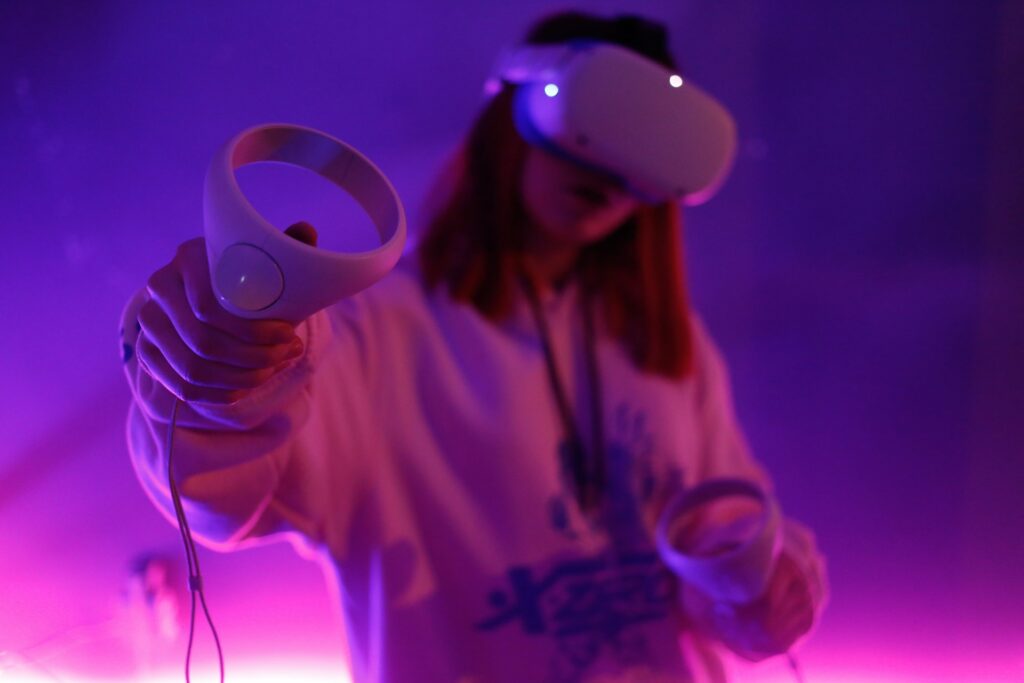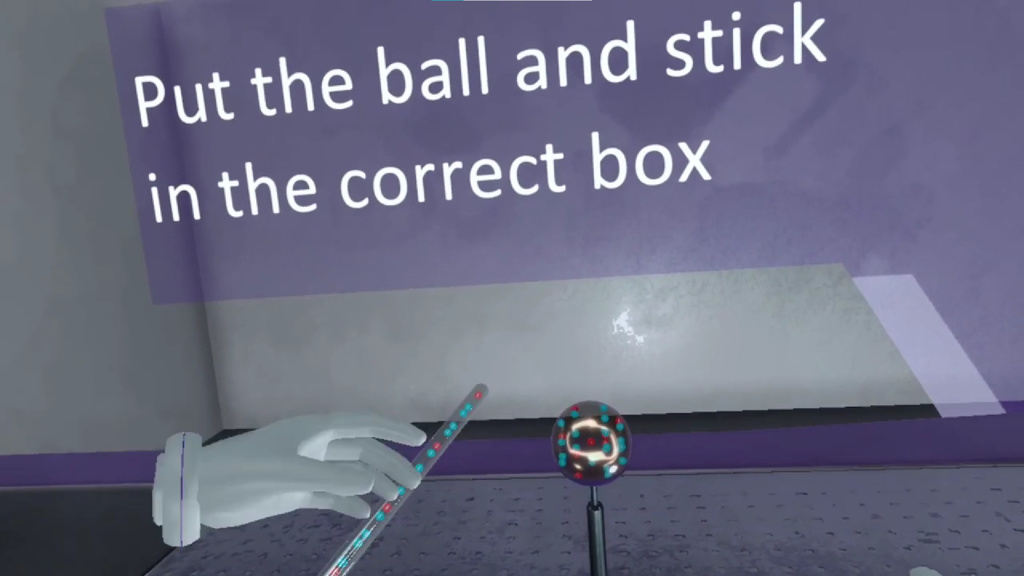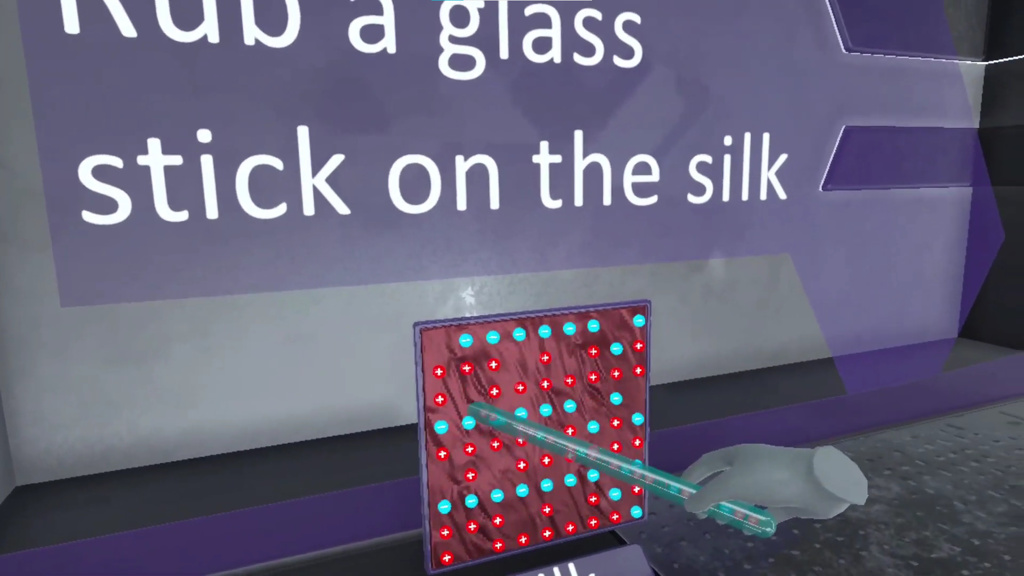

In the ever-evolving landscape of education, the integration of technology has become essential in enhancing learning experiences. Virtual reality in education stands at the forefront of this transformation, offering immersive and interactive ways to grasp complex concepts. One such concept is electrification—a fundamental phenomenon in physics that explains how objects become electrically charged.
Understanding electrification can be challenging through traditional teaching methods. The invisible movement of charges and the abstract nature of electric fields often leave students puzzled. However, with VR physics simulations, students can now visualize and interact with these phenomena, turning abstract concepts into tangible experiences.

Imagine stepping into a virtual lab where you can see electrons moving between objects as they become charged. Our VR simulation offers exactly that. It takes students on a journey through the three methods of electrification:
This immersive experience allows students to study electrification by friction and contact in a way that’s not possible in a traditional classroom. They can manipulate variables, see real-time results, and develop a deeper understanding of the principles at play.

Our VR simulation is designed to be accessible on various devices, including:
This ensures that schools with different technological capabilities can integrate VR into their digital classrooms seamlessly.
The simulation aligns with major educational standards worldwide, making it a valuable tool for educators across different regions. Whether you’re teaching the Cambridge Curriculum, International Baccalaureate, or the National Curriculum in England, our VR experience complements your syllabus.
In a conventional classroom, teaching electrification involves demonstrating the effects—such as objects attracting or repelling each other—but not the actual movement of electrons. Students are told that charges move, but without visual evidence, the concept remains abstract.
Furthermore, safety concerns limit the types of experiments that can be conducted. Handling high-voltage equipment or delicate instruments isn’t always feasible, especially in schools with limited resources.

Virtual reality learning addresses these challenges by providing a safe, interactive environment where students can explore and experiment without restrictions.
With VR, students can actually see electrons moving between objects during electrification. This visual representation bridges the gap between theory and reality, making it easier to comprehend how and why objects become charged.
Students aren’t just passive observers; they actively participate in experiments. This hands-on approach reinforces learning and encourages curiosity.
The immersive nature of VR captures students’ attention more effectively than textbooks or lectures. By engaging multiple senses, VR experiences help students retain information longer and understand concepts at a deeper level.
VR simulations eliminate the risks associated with physical experiments involving electricity. Schools don’t need to invest in expensive lab equipment or worry about safety hazards. One virtual lab can replace multiple physical labs, covering topics like optics, thermodynamics, and more.

Electrification is just one of the many topics that can be revolutionized through VR. For instance:
By enhancing these experiences, VR not only supports the curriculum but also inspires students to pursue further studies in STEM fields.

Some may wonder, “Is virtual reality safe for students?” The answer is yes. When used appropriately, VR is a safe and effective educational tool. Our simulations are designed with safety and educational value in mind.
We understand that seeing is believing. That’s why we invite educators to experience the power of VR firsthand. Our demo package includes a VR diffraction experiment, showcasing how virtual reality can transform physics education.
👉 Request your free demo now and take the first step toward revolutionizing your classroom.
Ms. Rodriguez, Physics Teacher:
“Incorporating VR into my lessons has been a game-changer. My students are more engaged, and their understanding of complex topics has improved significantly.”
James, High School Student:
“I always struggled with physics because I couldn’t visualize what was happening. Using VR helped me see the movement of electrons, and now it all makes sense!”
The integration of technology in education is no longer optional; it’s essential. As the world moves toward a more digital and interconnected future, preparing students with the skills and understanding they need is crucial.
By adopting virtual reality education, schools can provide:
Electrification is a cornerstone topic in physics that explains many everyday phenomena. Yet, without the ability to see and interact with the underlying processes, students often find it challenging to grasp fully. Virtual reality learning changes that narrative by bringing invisible concepts to life.
Our VR simulation not only aligns with global curricula but also enhances the overall learning experience. It prepares students for future academic pursuits and careers in STEM fields by developing critical thinking, problem-solving, and technological literacy.
Don’t let your students miss out on this transformative educational tool. Embrace the future of learning and make physics an exciting adventure for everyone.
👉 Request your free demo today
Frequently Asked
We prodive VR biology, VR physics, and VR chemistry simulations. Please, check our catalog.
Please, fill the form to get demo labs for free.
Please contact our customer support service at support@xreadylab.com or book a call with the team to find out the conditions and book the VR class set up at your school.
Subscription to XReady Lab interactive VR labs. If you are a school, then you are also given access to the VR classroom system. VR class system helps you easily launch VR lessons for a large number of students, follow the experience of each student, as well as customise the content without developers.
We adhere to the world’s generally accepted recommendations and research. Our products are suitable for children from 12 years old.